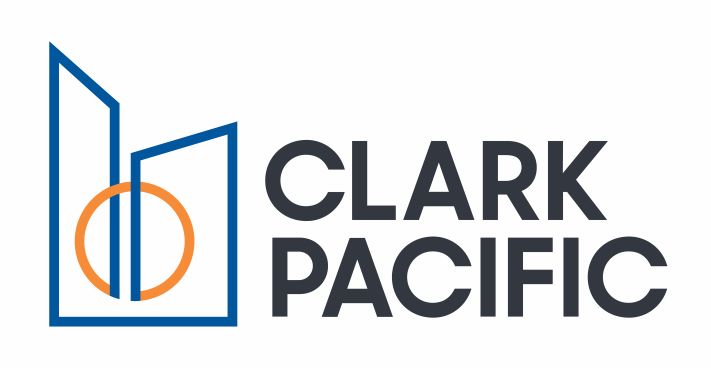3 Ways To Begin Taking Advantage Of Off-Site Construction

The current construction model is far from perfect, as less than one-third of projects are completed on time and on budget. Despite construction representing a $529B market and the country’s ninth-most-profitable industry, it has not experienced the same caliber of disruptive innovation as other CRE sectors. The industry seems resistant to tech-oriented solutions, as fewer than half of construction projects allocate more than 2% of their budgets to information technology.
Project managers’ top three priorities when shopping for new software are reliability, ease of use and ease of integration, and this extends to their adoption of any new system, according to The Access Group. But widely applicable, one-size-fits-all fixes are rare in construction, due to the specificity of sites and project requirements. One system that is readily adaptable and applicable to any project is prefabrication. Prefabrication is the process of manufacturing sections or systems of a building off-site and transporting them to the construction site for assembly.
Prefabrication carries a number of benefits, including budget and schedule certainty, higher quality, reduced site impacts, reliability, less waste and safer sites. Prefabricated concrete, for example, is gaining recognition for its uses for architectural and structural applications in a number of asset classes, from high-rise multifamily residential to Class-A office buildings.
Owners, especially owner-occupiers, are increasingly expecting a design and construction process that is efficient, productive and cost-effective to a degree that traditional construction methods cannot deliver. These are the top three ways owners and developers can harness the benefits of prefabrication.
1. Ask For It
It may sound simple, but many stakeholders fail to ask about the potential advantages and possibilities of prefabrication at a project’s inception. Requesting a prefabrication strategy from the design team in the project’s planning stages can significantly contribute to its overall success.

2. Modify The Request For Proposals/Procurement Process
A client that values speed of construction to limit disruption to campus operations must make these priorities clear in its RFP. The RFP should telegraph openness to innovative, nontraditional means to reduce project duration.
According to Clark Pacific, off-site construction reports 30% to 50% shorter project completion times compared to conventional construction methods, as building construction occurs simultaneously with the site and foundation work. Prefabrication declutters sites, requiring less equipment and manpower on-site. It also limits the waste, noise and pollution generated by construction activity.
3. Call A Manufacturer
Many prefabricated building companies, like Clark Pacific, have teams of designers and engineers with deep experience designing projects that fully leverage prefabrication. Labor shortages are plaguing the construction industry, with 60% of contractors experiencing difficulty hiring a sufficient number of skilled employees in this year's third quarter. Prefabrication can resolve this issue and numerous others.
To learn more about this Bisnow content sponsor, click here.

